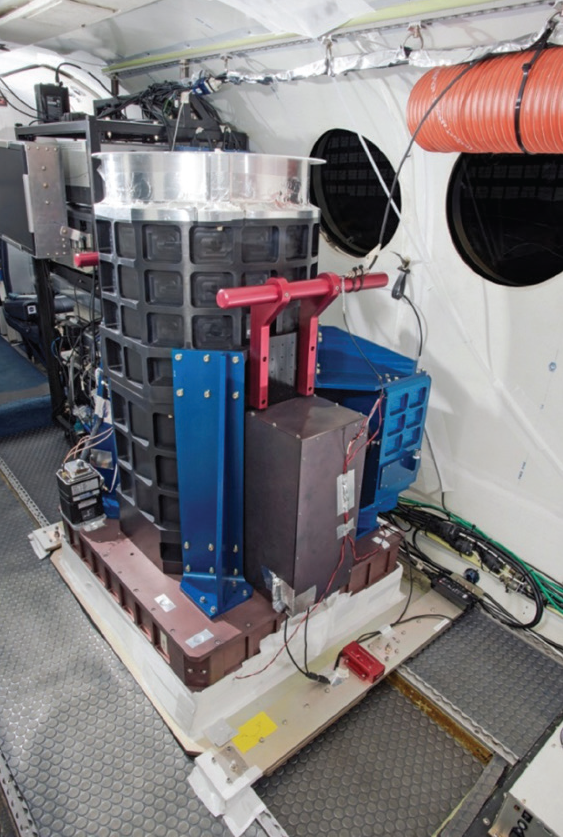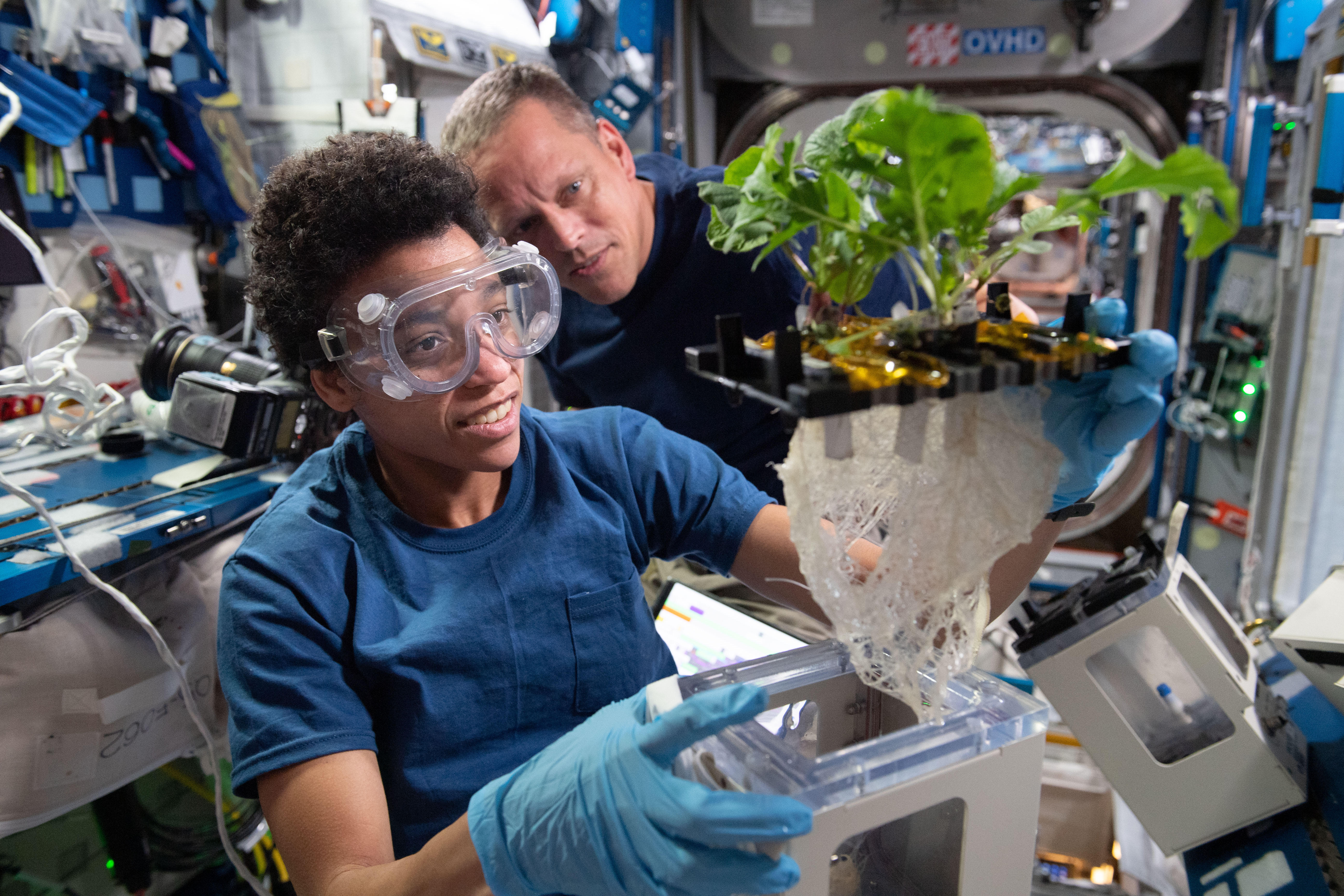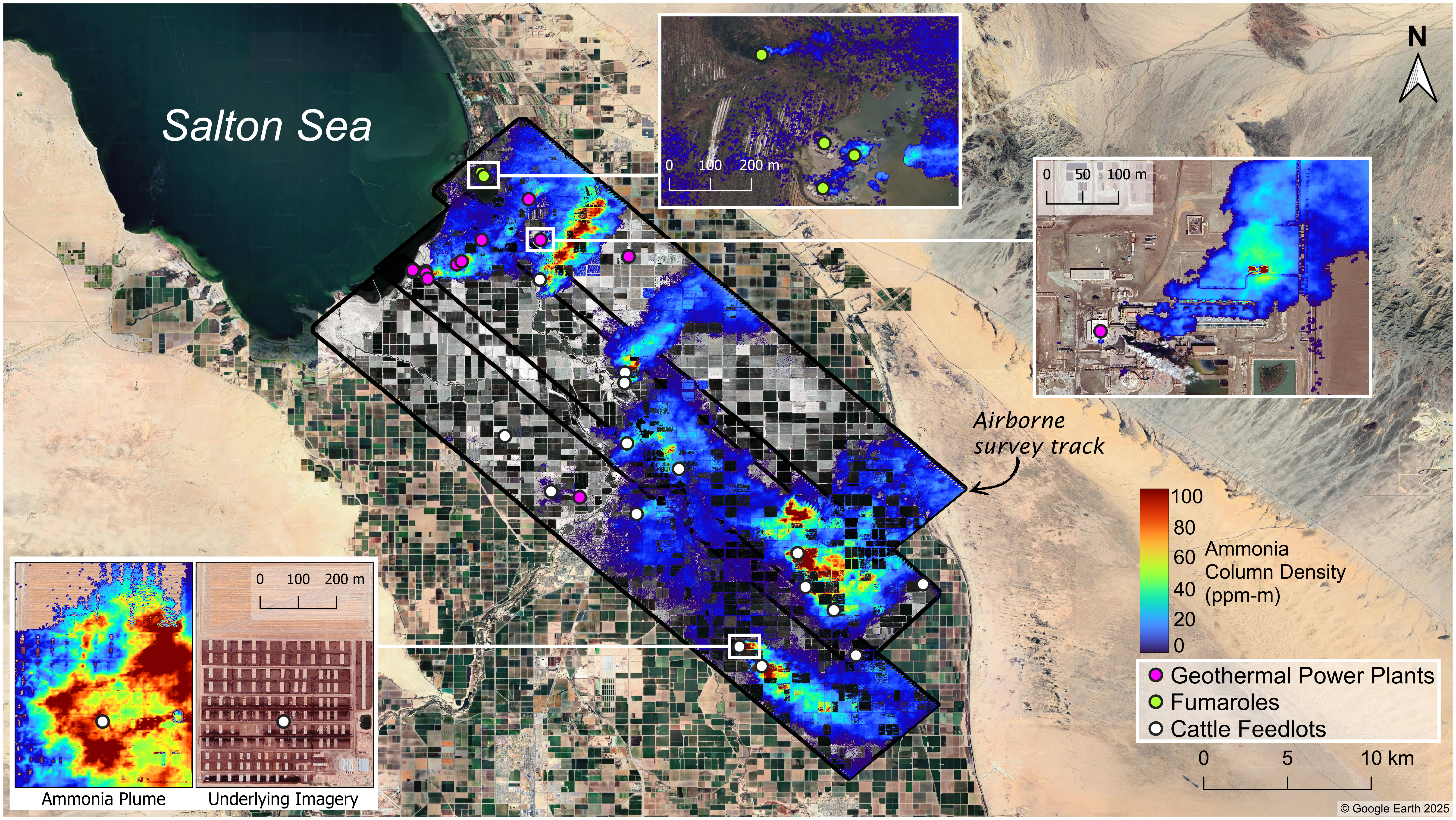Technology Development: Nearly two decades of NASA technology investment in lidar systems and two-micron transmitters has resulted in a new capability for remotely measuring the carbon dioxide (CO2) levels in Earth’s atmosphere. NASA has developed an Integrated Path Differential Absorption (IPDA) Lidar that incorporates highenergy, double-pulse lasers with high repetition rates. The compact lidar instrument aims to provide accurate, highresolution atmospheric CO2 column measurements from an airborne platform. The laser pulses can be tuned and locked near the 2.05 micron wavelength, an ideal spectral region for CO2 sensing. Separated by 150 microseconds, the first pulse is tuned to a high CO2 absorption wavelength and the second pulse to a low absorption wavelength. By aiming the pulses at a hard target, or Earth, the difference between the return signals correlates to the average amount of CO2 in the column between the instrument and the target.
Impact: Carbon dioxide is a greenhouse gas that is considered an important contributor to global warming. Currently, satellites monitoring Earth’s CO2 levels employ passive sensing instruments. An active sensing system like the IPDA Lidar has the potential to overcome some of the limitations of passive systems to provide the accuracy required to more definitively resolve the CO2 profile. The IPDA Lidar is intended to be a stepping-stone toward an eventual spaceborne mission for active remote sensing of CO2, such as the ASCENDS (Active Sensing of CO2 Emissions over Nights, Days, and Seasons) mission concept. Recommended by the National Research Council in its 2007 decadal survey, ASCENDS is intended to facilitate a greater understanding of the role CO2 plays in the global carbon cycle. The newly developed IPDA Lidar technology has the potential to provide satellite-based CO2 measurements that will deliver accurate CO2 measurements all day and night, year-round, at all latitudes. These data will help identify human-generated CO2 sources and sinks, improve climate models and climate predictions, and enable a better understanding of the connection between climate and CO2 exchange.
Status and Future Plans: Over 11 days in March 2015, the pulsed 2-micron direct detection IPDA Lidar completed 10 engineering flights, totaling about 27 hours, over Virginia onboard the NASA B200 King Air aircraft. The test flights occurred over diverse terrain with varying reflectivity, and analysis shows the measured optical depth for column length matched the modeled value within a few percent. Results from the tests are positive and the instrument has likely performed the first proof-of-principle demonstration of an airborne, direct-detection, two-micron CO2 measurement. Currently, the project team is working to incorporate a third transmitted pulse into the system. A triple-pulsed system would enable simultaneous CO2 and water vapor (H2O) measurements in a single compact instrument.
Sponsoring Organization: The Earth Science Division provided funding to develop the IPDA Lidar to PI Upendra Singh at Langley Research Center via the IIP and ACT programs.



































